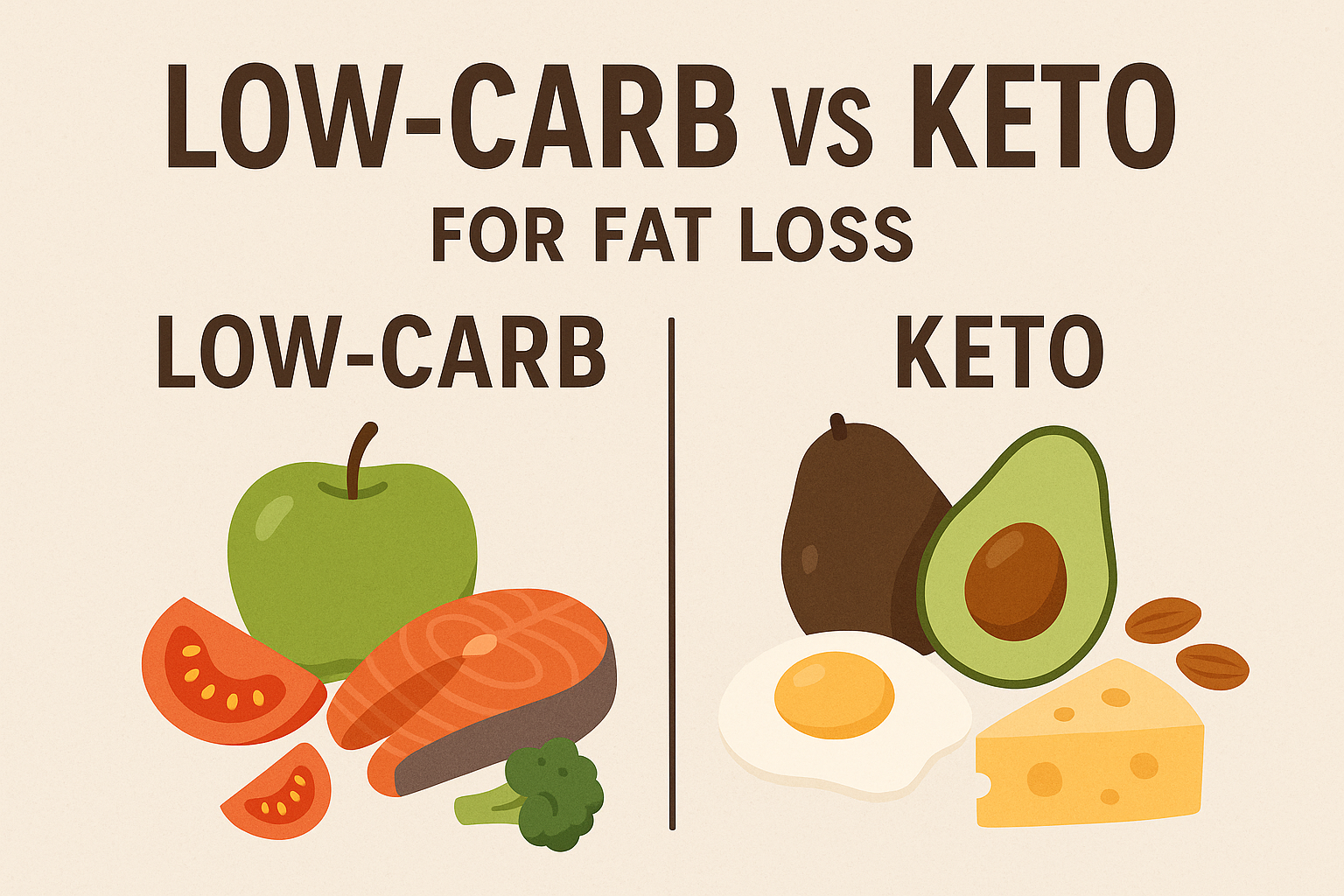Introduction to Intermittent Fasting
Intermittent fasting (IF) is not just another diet trend—it’s a powerful lifestyle change that has helped millions achieve their health and weight loss goals. This intermittent fasting guide is designed for beginners and experienced individuals alike, covering everything from how it works to real benefits and tips for success. Whether you’re trying to lose weight, improve your metabolism, or just feel more energized, intermittent fasting might be the key.
What is Intermittent Fasting?
Intermittent fasting is an eating pattern that cycles between periods of fasting and eating. Unlike traditional diets that focus on what to eat, intermittent fasting focuses on when to eat.
The most popular intermittent fasting schedules include:
-
16:8 Method – Fast for 16 hours, eat within an 8-hour window.
-
5:2 Diet – Eat normally for 5 days, consume only 500–600 calories on 2 non-consecutive days.
-
Eat-Stop-Eat – 24-hour fast once or twice a week.
-
Alternate-Day Fasting – Fast every other day.
Each method can be effective, but the 16:8 fasting plan is often recommended for intermittent fasting beginners because it’s simple and sustainable.
https://empowerfitusa.com/10-minute-home-workout-for-women-over-40/
Benefits of Intermittent Fasting
There are many scientifically-backed benefits of intermittent fasting. Here are some key advantages:
1. Weight Loss and Fat Burning
Intermittent fasting helps reduce calorie intake and boosts hormone function to increase fat burning. During fasting, insulin levels drop, which signals the body to use stored fat as energy.
2. Improved Metabolism
Fasting can increase your metabolism by promoting the production of norepinephrine, a hormone that supports fat breakdown. A better metabolism means better weight management.
3. Better Blood Sugar Control
Intermittent fasting for insulin resistance is gaining popularity. Studies show IF can reduce blood sugar levels and improve insulin sensitivity, especially for people with type 2 diabetes.
4. Increased Mental Clarity
During a fast, the brain becomes more focused due to increased production of brain-derived neurotrophic factor (BDNF). This helps improve mental clarity and concentration.
5. Cell Repair and Longevity
Fasting triggers autophagy, a natural process where cells clean themselves and remove damaged components. This is linked to anti-aging and longevity.
Is Intermittent Fasting Safe for Everyone?
While intermittent fasting is generally safe, it’s not suitable for everyone. People who are pregnant, breastfeeding, underweight, or have a history of eating disorders should avoid fasting. Always consult a healthcare professional before starting an intermittent fasting plan.
How to Start Intermittent Fasting (Step-by-Step Guide)
Starting intermittent fasting doesn’t have to be complicated. Here’s a simple guide for beginners:
1. Pick a Fasting Method
Choose a method that suits your lifestyle. The 16:8 intermittent fasting plan is ideal for most people starting out.
2. Ease Into Fasting
Start by delaying breakfast or eating dinner earlier. Let your body gradually adjust to intermittent fasting schedules.
3. Stay Hydrated
Drink plenty of water, herbal teas, and black coffee during your fasting window to stay hydrated and curb hunger.
4. Eat Nutrient-Dense Meals
Break your fast with whole foods—lean proteins, healthy fats, vegetables, and complex carbs. Avoid processed foods and sugary snacks.
5. Listen to Your Body
Fasting is not about starving yourself. If you feel weak or dizzy, it’s okay to break your fast. Always prioritize your well-being.
Common Intermittent Fasting Mistakes to Avoid
Even though IF is simple, many beginners make these common mistakes:
-
Skipping water during fasting hours.
-
Overeating junk food during the eating window.
-
Fasting too aggressively without building tolerance.
-
Not sleeping enough, which increases hunger hormones.
-
Ignoring nutrient balance and not getting enough protein or fiber.
Avoiding these mistakes can greatly enhance your intermittent fasting results.
Best Foods to Eat After Fasting
To support your health and weight loss goals, focus on these foods during your eating window:
-
Lean proteins: chicken, turkey, eggs, tofu
-
Healthy fats: avocado, olive oil, nuts, seeds
-
Complex carbs: brown rice, quinoa, oats
-
Fiber-rich veggies: spinach, broccoli, kale
-
Hydrating fruits: berries, oranges, apples
Avoid sugary drinks, processed foods, and high-carb meals right after fasting, as they may spike insulin and hinder fat burning.
Tips to Succeed with Intermittent Fasting
Here are some intermittent fasting tips to stay on track:
-
Use an intermittent fasting app to track your schedule.
-
Stay consistent—results come with time.
-
Combine fasting with light exercise like walking or yoga.
-
Join a community or support group to stay motivated.
-
Keep a fasting journal to track hunger, mood, and progress.
Intermittent Fasting and Women: Special Considerations
Intermittent fasting for women can be highly effective, but some women may experience hormonal imbalances if fasting is too intense. Start slow—try the 12:12 method (12 hours fasting, 12 hours eating) and gradually increase. Always track how your body responds and adjust accordingly.
Conclusion: Is Intermittent Fasting Right for You?
Intermittent fasting is a flexible, science-backed method to improve your health, boost metabolism, and promote sustainable weight loss. With the right mindset and routine, anyone can incorporate fasting into their lifestyle.
If you’re ready to reset your body and feel better than ever, use this intermittent fasting guide to take the first step. Stay consistent, eat mindfully, and let your body do the rest.
https://empowerfitusa.com/keto-breakfast-ideas-for-beginners/
https://www.health.harvard.edu/blog/intermittent-fasting-surprising-update-2018062914156










